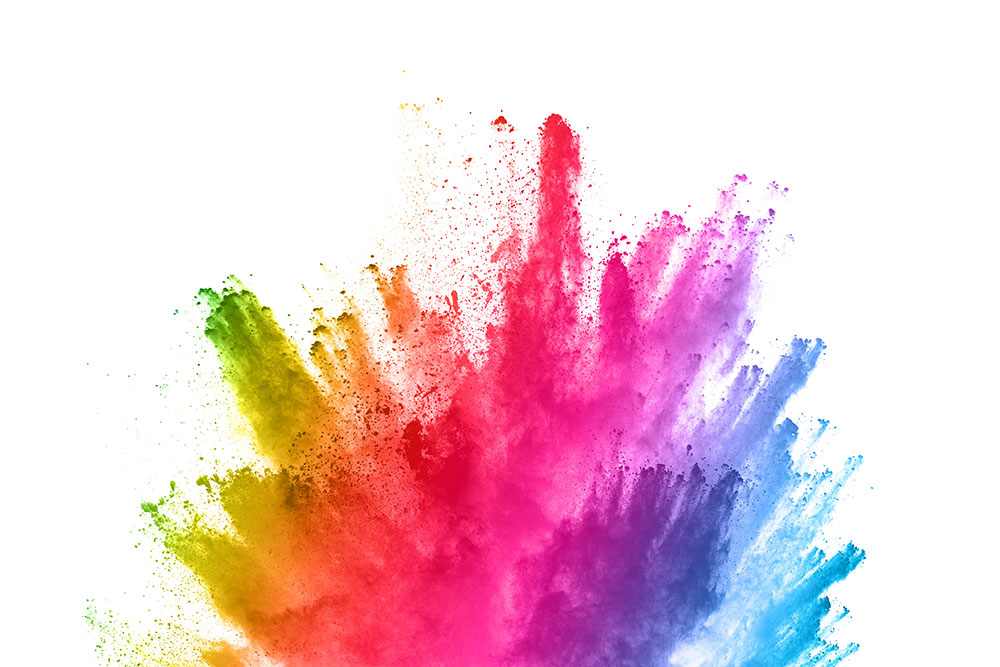
Should I Use a Light Theme or Dark Theme for My Website?
11 min read
When you're choosing a new website theme or designing your own site from scratch, one of the first decisions to make is whether it should be light or dark. As with most website design issues, there's no straightforward answer.
People respond differently to light and dark themes, which affects the user experience that in turn impacts on website performance. While light website themes are still considered the default option, darker themes have been gaining popularity in recent years and many websites and apps now offer an optional night mode to users.
Here are the main things to consider for usability and aesthetics when choosing between the light and the dark side.
Light vs. dark website comparison
Consider a light theme if...
- you want your website to feel familiar
- your target audience is older
- people are more likely to use your site during the day
- people will spend up to 15 minutes on your site
- your site has a lot of text to read
- users have many page elements to choose from
- your site uses lots of color
- a light theme suits your branding
Consider a dark theme if...
- you want your website to stand out
- your target audience is younger
- people are more likely to use your site in the evening
- people will spend longer on your site
- your site is more image and video than text based
- you want to highlight specific page elements
- your site uses limited colors
- a dark theme suits your branding
Of course, these are only general rules of thumb that vary depending on what you want your website to achieve. To get a better idea of what type of website theme is right for your brand, ask yourself the following questions.
Who is your target audience?
Your website's colors literally set the tone for the user experience, so some understanding of color psychology should help you decide whether your audience would respond better to a light or dark theme.
Light websites are the more common option, which gives them a sense of familiarity for adult users. This could be useful if you want to present your business as reliable and professional. On the other hand, they could also risk seeming generic and boring, especially to younger audiences.
Dark websites can be more visually appealing and engaging, especially if you're marketing to young adults or teenagers. Black has associations with power and mystery that could make a positive impression when it's paired with an effective color palette.
When will people use your website?
People may visit your website any time from any place, but knowing whether that's more likely to be in the daytime or at night can help you design an appropriate theme.
Lighter themes are the best fit for daytime browsing – whether that's at the office, the coffee shop, at home or outdoors. Your pages will be easier to read and glare will be less of an issue compared to darker sites, which tend to get washed out.
Darker themes look best in low light levels, when they're less of a strain on the eyes than looking at a bright screen. Entertainment apps such as Netflix and Steam use dark themes because these are mainly used in the comfort of users' homes.
Websites that are used throughout the day can find a middle ground with grey or other medium tones. Social media such as Twitter, YouTube and Reddit responded to this by offering users a choice of day and night modes.
How long will they spend on the site?
The amount of time you expect people to spend on your website before they complete an action can also influence your color scheme.
For quick transactions, both light and dark websites can be effective. A dark theme can help highlight a specific call to action, while a light theme is better suited to browsing.
If you want people to spend a few minutes or longer reading about your company, your products or your blog posts, a light theme with black text on a white or off-white background is easy on the eyes and makes reading more appealing.
However, if users are likely to spend a lot longer on your site, a dark theme with white text on a black background will help to reduce eye strain. This can be useful for websites with a lot of images or video, or that include time-consuming functions such as code editors.
What do you want to emphasize?
Your choice of website theme can also make it easier for users to find their way around your site or to guide them where they need to go.
If your site has lots of products or categories to browse, a lighter theme can make navigation easier and make your layout look less cluttered.
If you're directing users to a clear call to action, or displaying prominent images or video, a dark theme with high contrast will help these page elements to stand out.
What suits your brand?
Usability should be the priority when creating a website, but you should also consider how your theme suits your overall brand image and personality.
Most brand color schemes adapt well to a white or black background, but you might also consider other colors if there isn't too much text to read. Bright, vibrant colors work well with light themes, but these should be used sparingly on dark themes, or toned down so they're not overpowering.
Not all brand colors translate well to website themes. If that's the case, you should put the user experience first and choose a color palette that sets the right tone and appeals to your audience.
Choose your website theme
Whether you're making a new site or updating your old site, website templates make the job easy. Limecube has dozens of modern website themes designed for small businesses across the industries, with hundreds of customizable features letting you get the exact look and functionality you want.
Choose a theme today and with our simple sitebuilder you'll be on your way to having a professional website with dedicated support.
Posted on: 13 November, 2020
Category:
Helpful Tips
Build your site in 60 seconds with AI
Limecube's AI Website Builder can get you up and running fast!
Tell us about your website, choose a colour palette and BOOM! It's done!
V10.6.0 - Released
Posted on: 04 March, 2025
Discover Limecube's latest release
Below is a list of release notes covering what is new and improve.....
Read more
Innovation, Business Model Pivoting & Design Thinking: A Personal Journey to Business Success
Posted on: 12 March, 2025
I've always thought of entrepreneurship as an adventure—a journey filled with twists, turns, and cou.....
Read more
SUBSCRIBE TO OUR NEWSLETTER
Subscribe to receive updates on new features, themes, tips and tricks to make your website better.
We promise not to spam you! :)
View our privacy policy here.


